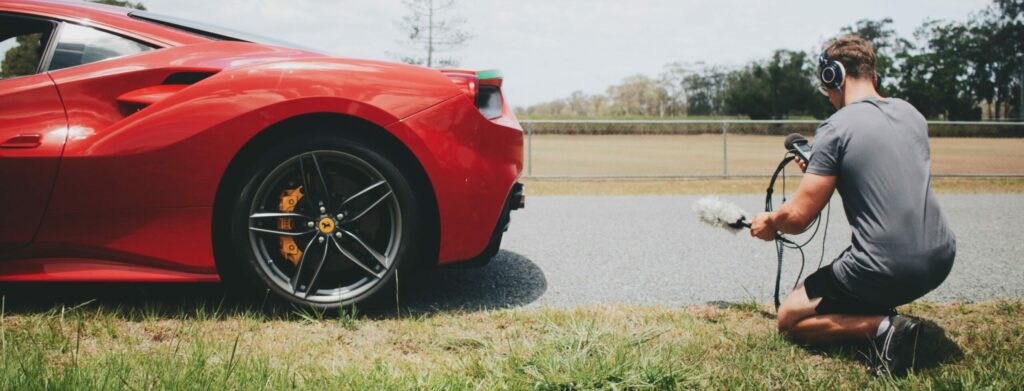We lack the written history to confirm this, but it seems likely that the earliest music drew inspiration from the cacophony of sounds emitted by the natural world: birds singing, frogs croaking, streams flowing, and leaves blowing in harmony and dissonance. Today, these real-world sounds continue to inspire, appearing in movie scores, pop songs, and rock ballads. The world of sound design relies on this natural music. You can also explore several ways to incorporate these sounds into your own songs and mixes.
Listening To Real-World Sounds For Melody And Rhythm
Nature can be used as a tool to help with writing a song. It might sound absurd, but natural rythms, melodies and harmonies are all around us. While every bird might sing a slightly different tune, there’s a pattern in each song. Likewise, a howling wind might emit a collection of pitches. Even man-made structures like generators can hum a steady note, inspiring a back-drop for a simple chord or melody.

Today, most of us stay plugged in all the time, even outdoors. While it’s tempting to pop in some headphones during a walk or jog, consider taking a moment to absorb the music of nature. At first, you might not hear much, but if you pay more attention, you may suddenly find yourself humming a new tune, one inspired by the natural world around you.
Using Real-World Sounds In Your Mix
Real-world sounds serve not only as inspirational tools but also function as instruments or thematic cues in their own right. If you think hard enough, you can likely recall a song or two that incorporates one of these sounds. Here are just two classic examples: “(Sittin’ On) The Dock of the Bay” by Otis Redding opens with the sound of waves crashing on the shore, which slowly fades out as the guitar fades in; “Allentown” by Billy Joel begins with a train whistle right before two snare hits come in. In both songs, the opening sounds connect to the song’s theme. The former evokes nostalgia and the passage of time felt while sitting by a bay, while the latter addresses travel, war, and American symbolism.
Of course, these sounds don’t always need to open or close a song. You can embed them within the song, either alone or as ambience behind the music. Another way to utilize these real-world sounds in your mix is through sampling. This process captures a sound, allowing you to use it as a “note” that can be modulated and mixed with other sounds or stand alone. For instance, you could sample the sound of a gunshot, then mix it with a snare to create a thematically and literally violent snare sound. Many sites offer vast collections of these sounds for sampling, but nothing prevents you from recording some yourself.
Conclusion
If all music stems from the natural world, it makes sense that we utilize these sounds in our songs. Whether for inspiration, mixing, or sampling, experiment with different sounds for unique results. It’s only natural.
À propos de l'auteur

Ethan Keeley
Rédacteur, chanteur, musicien et monteur audioEthan Keeley est un musicien, un doubleur et un écrivain de Rochester, dans l'État de New York. Lorsqu'il n'est pas en tournée avec son groupe Unwill, il travaille sur de nouvelles chansons et histoires.
Laisse un commentaire
Connecte-toi pour commenter.


